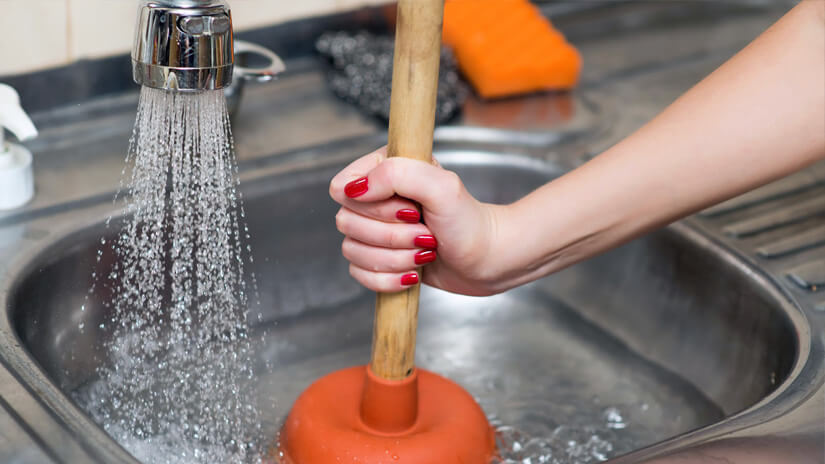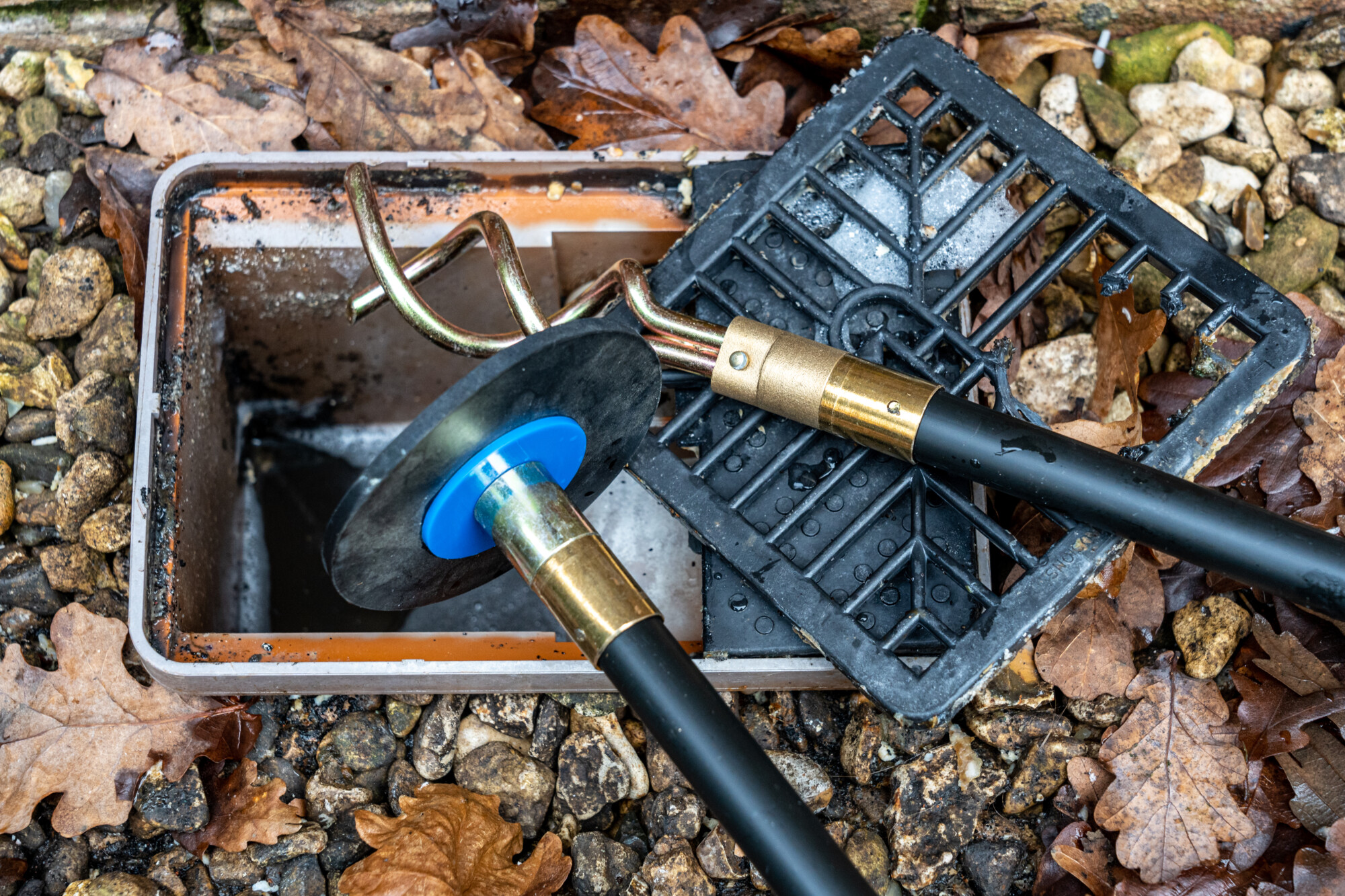We've stumbled on this post involving 8 Tips For Clearing A Blocked Drain down the page on the internet and think it made perfect sense to quickly share it with you in this article.

Introduction
Dealing with a blocked drain can be a discouraging experience, interfering with everyday tasks and possibly causing damages to your home. Nevertheless, prior to reaching out to plumbing specialists, there are actions you can require to deal with the issue on your own. In this guide, we'll discover do it yourself services and preventive measures to take on a blocked drainpipe successfully.
Identifying the Concern
The primary step in dealing with an obstructed drain is identifying the signs. Slow-moving drainage, gurgling noises, foul odors emanating from drains, or water support up prevail indicators of an obstructed drainpipe. Identifying these signs early can assist protect against even more issues.
Picking the Right Pipes Service
When selecting a plumbing service, think about aspects such as experience, licensing, and client testimonials. Choose a trustworthy plumber with a track record of quality handiwork and clear prices methods.
Cost Considerations
The cost of specialist drainpipe cleaning services can vary relying on the intensity of the blockage and the plumbing's rates. Demand quotes from multiple carriers and ask about any added fees to make certain openness and stay clear of shocks.
Safety Precautions
When trying do it yourself drainpipe cleaning, focus on safety. Put on protective handwear covers and eyewear to prevent contact with dangerous chemicals or microorganisms. Never blend various drainpipe cleansing items, as this can create harmful fumes.
Situation Studies
Real-life instances highlight the effectiveness of do it yourself solutions and the value of prompt specialist treatment in fixing drainpipe clogs.
Usual Root Causes Of Blocked Drainpipes
Recognizing the factors that contribute to drain pipes obstructions is necessary for effective resolution. Usual culprits consist of hair, soap scum, grease, food debris, and foreign items like sanitary items or paper towels. Tree origins getting into underground pipelines can also trigger considerable clogs.
Do it yourself Solutions
For minor clogs, numerous DIY options can be effective. Putting boiling thin down the drain can assist liquify grease and debris. Sodium bicarbonate and vinegar or a mix of salt and cooking soda can function as all-natural cleaners. Utilizing a bettor or pipes serpent to dislodge obstructions is an additional option.
Devices and Devices
Having the right devices on hand can make DIY drain cleaning up a lot more reliable. A plunger is a versatile tool for removing clogs in sinks, bathrooms, and showers. A plumbing snake or auger can get to much deeper blockages, while drain cleaning chemicals can be made use of cautiously for persistent obstructions.
Preventive Measures
To stay clear of future obstructions, adopting safety nets is essential. Mount drain guards or filters to capture hair and particles prior to they get in the pipes. Frequently flush drains with hot water to dissolve oil accumulation, and avoid dealing with oil or solid waste down the tubes.
When to Call a Specialist
While DIY remedies can solve minor clogs, certain indications suggest the demand for professional support. Consistent obstructions, foul odors despite cleaning efforts, or multiple drains pipes backing up at the same time are red flags that warrant professional treatment.
Verdict
By complying with the ideas described in this guide, you can effectively take on blocked drains pipes and avoid future pipes issues. Whether going with do it yourself remedies or looking for expert aid, punctual action is essential to preserving a healthy and balanced plumbing system and protecting the honesty of your home.
WHAT I LEARNED FROM TRYING TO DEAL WITH A CLOGGED DRAIN
We have had our share of seepages and other annoying things that are part of living, especially in an apartment complex. And if there’s one thing that’s terrifying for a homeowner—or even someone in a rented home—it is a clogged drain, indoors or outdoors.
We enjoy our living space, but it’s simply a fact of life that dead skin, soap and a host of other items go down the drain; eventually, the residue builds up and prevents anything from moving. Ugh.
Not Calling A Professional
Of course, it might seem simple to just whip the pipe off under the sink and see if you can unblock it. Unfortunately, what if the blockage isn’t there, or you don’t reconnect it properly? Worse, you might break a piece and have no drainage system. Can you imagine that scene? Yuck!
Not Watching Your Waste
This will sound d’uh, but the best tip I can give you for drain cleaning is to avoid clogging the drain in the first place! You can do this by monitoring what goes down the drain and catching the items which are most likely to give you a problem. Invariably hair, vegetable peels, and large wads of toilet paper are the most obvious culprits. Add a filter—these are available in hardware stores and can be removed and cleaned easily.
Poking The Drain
The first urge with a clogged drain is to poke at it with a stick or anything that resembles a stick. Sadly, this does not result in magically solving the issue. The mental image is, naturally, one of the stick just pushing through the offending item and all is well again. Reality is quite different and unpleasant and likely to lead to further problems.
The thing is, every drain has a series of bends that are not visible to us. Drains are built this way to prevent gases from entering the house. What happens when you poke a stick into the drain? Of course, it can’t bend around the corner. The more adventurous people will use force and end up wedging the stick or causing it to break off in the pipe—creating an even bigger issue. Worst thing? The stick will shift the block further down the pipe, creating the space for more to collect. Go ahead! Roll your eyes!
Using The Wrong Plunger
You know what they say: the right tool for the right job! Did you know there are different types of plungers besides the basic one we keep at home for an emergency? Yes, there are. For example, the toilet plunger has a bell-shaped bottom while the sink plunger is flat. This is an important difference and using the wrong plunger will be useless. There’s also a knack in using plungers—they must be placed in such a way that they create an airtight seal and then, moved slowly up and down—not as fast as we imagine.
https://vidyasury.com/2018/01/learned-trying-deal-clogged-drain.html

We hope you liked our post about What I learned from trying to deal with a clogged drain. Thanks for finding the time to read through our post. Are you aware of somebody else who is sincerely interested in How to handle a clogged drain in your home? Take a moment to share it. Thanks a lot for taking the time to read it.
Call Today